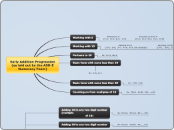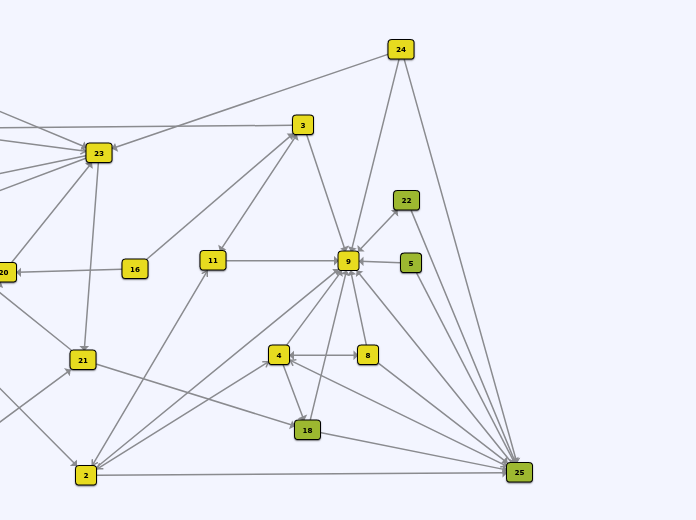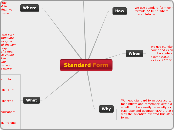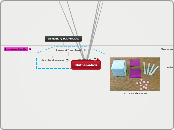por Amy Boljkovac hace 11 años
521
Addition Progression
The text provided outlines various strategies and examples for teaching and practicing addition with sums less than 100. It includes adding two-digit numbers, both with and without crossing into the next decade, and adding one-digit numbers to two-digit numbers.









